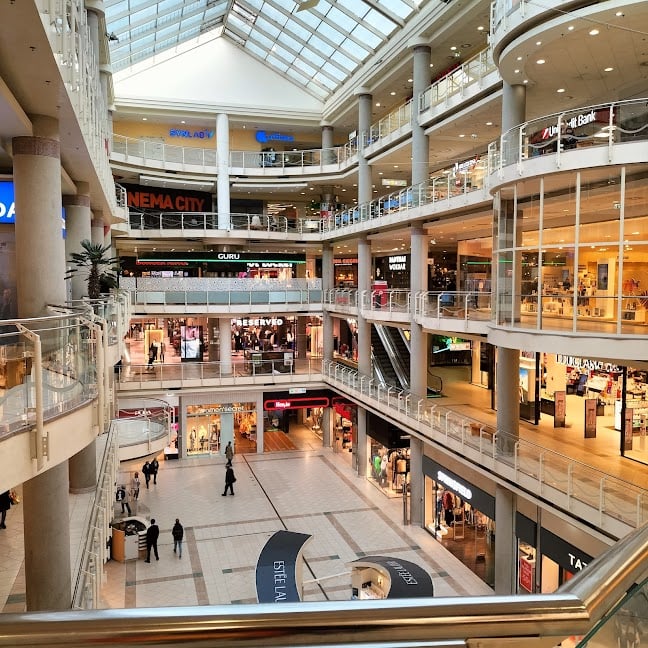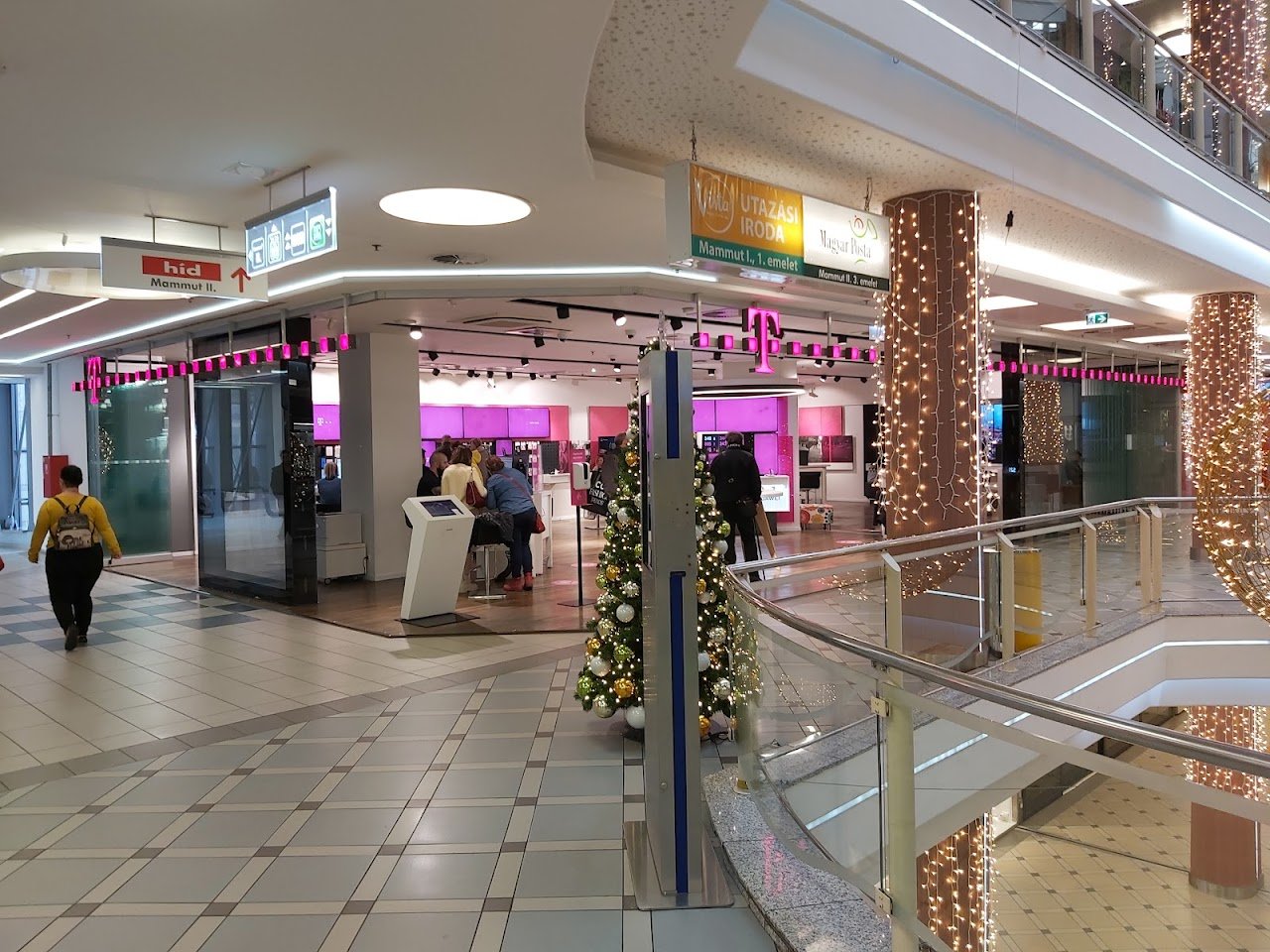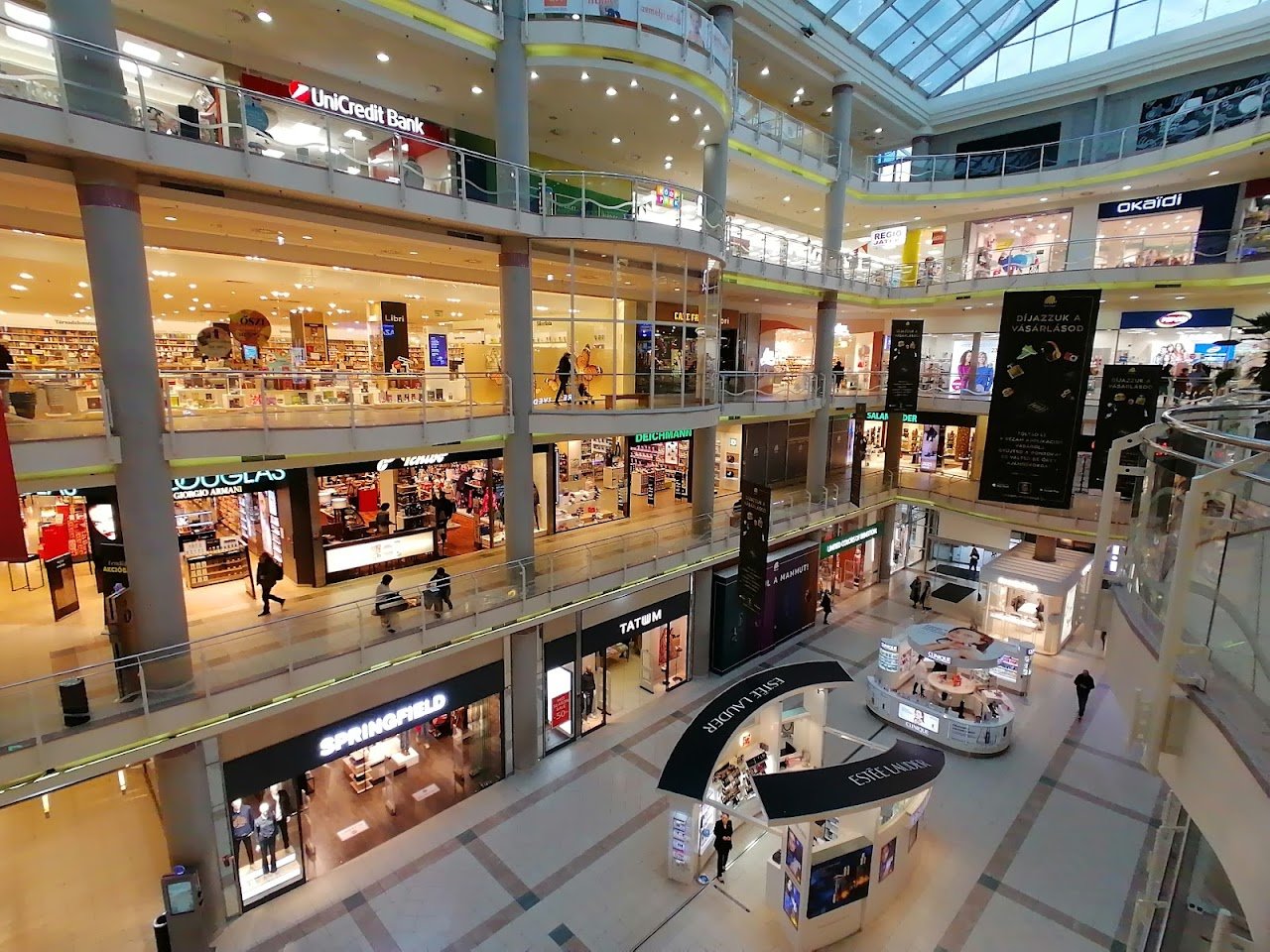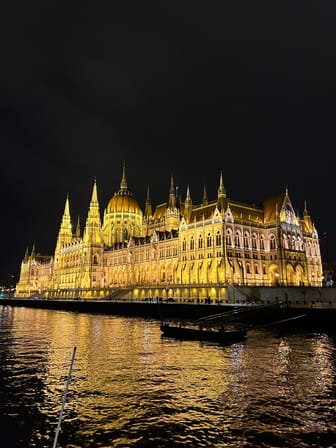A plentiful list of some of the finest places/venues to ensure the best experience in the Hungarian capital!
A merger of two old cities in 1873 - Buda and Pest, separated by the Danube River - this capital seems like a place out of a fairy tale. 🏰
With some castles here and some other majestic buildings there, I found it to be an elegant, chic and romantic city, with different cultural influences (such as Roman, Ottoman, Slavic, Jewish and Austrian).
Known as the “Paris of the East” or the “Pearl of the Danube”, the city is also designated as the “City of SPAs”, therefore this guide includes a list of some famous thermal baths and SPAs, alongside dining/drinking and shopping venues. Of course, all the major tourist attractions are included, as well.
✨Must Do: go on an evening sightseeing cruise along the Danube!
🌶️Hungarian cuisine is synonymous with paprika.
Few cuisines are quite so intertwined with a single ingredient as Hungary’s is with paprika — the spice that gives some of the country’s best-known dishes their intense orange colour and characteristic peppery flavour. Paprika is made from the dried ground pods of several types of capsicum annuum pepper, and it comes in a range of heat levels from édes (sweet) to csipos (hot) and different levels of coarseness.
In Budapest it’s sold everywhere, from small grocery stores to local food markets, where small-scale producers sell it by the kilogram in unlabelled plastic bags. For the highest quality, seek reputable family producers such as Hódi or PaprikaMolnár.






